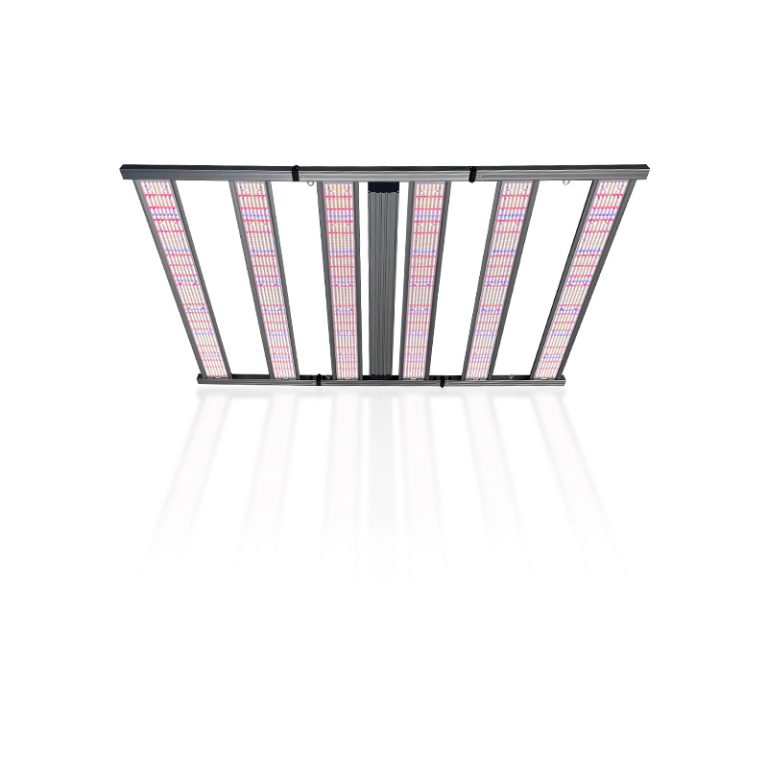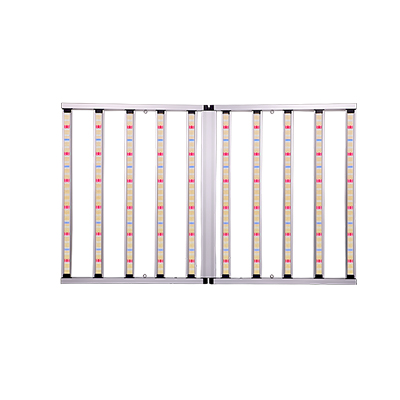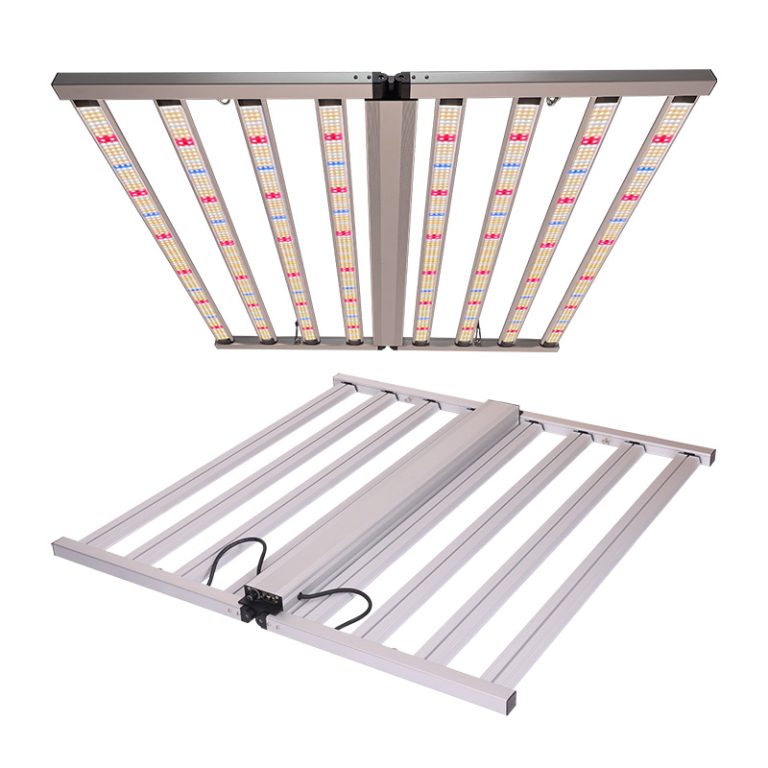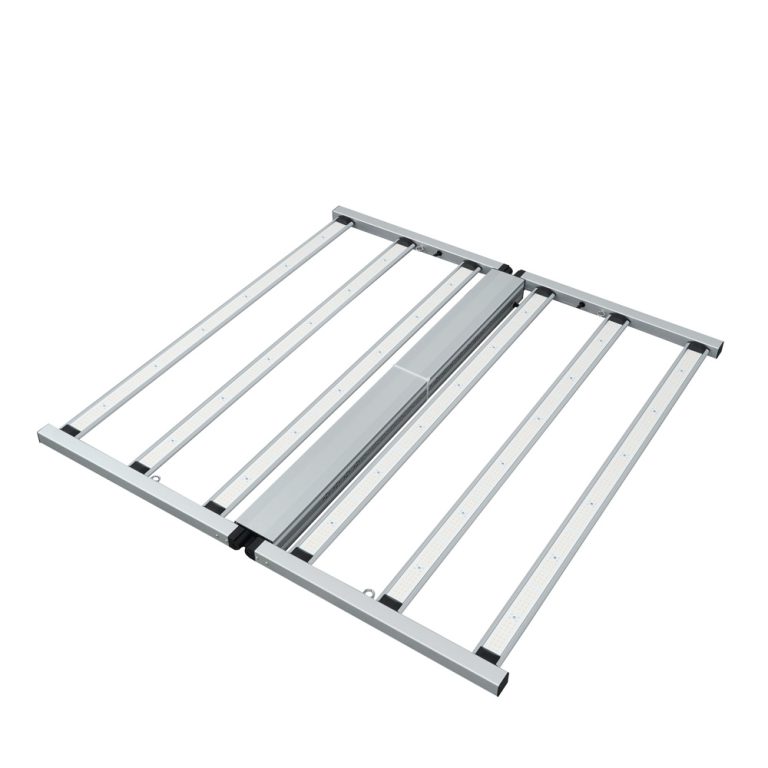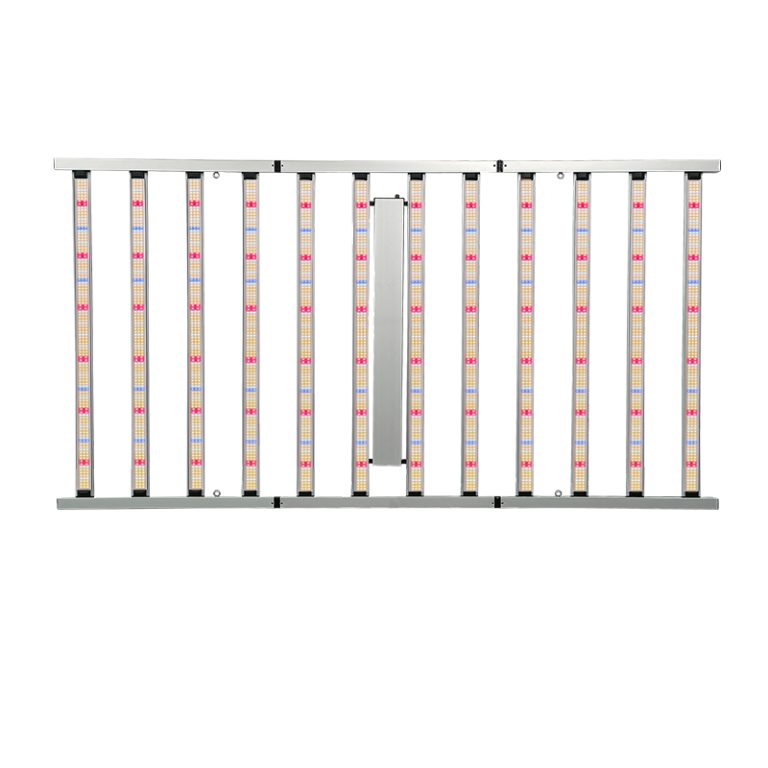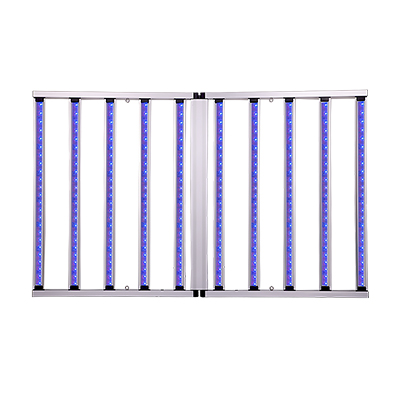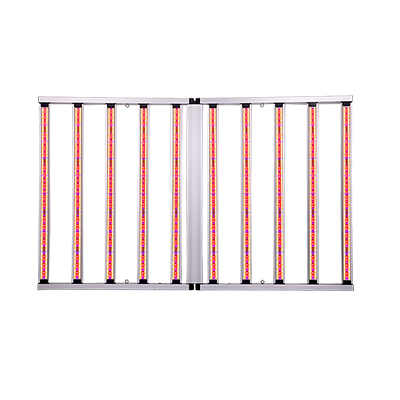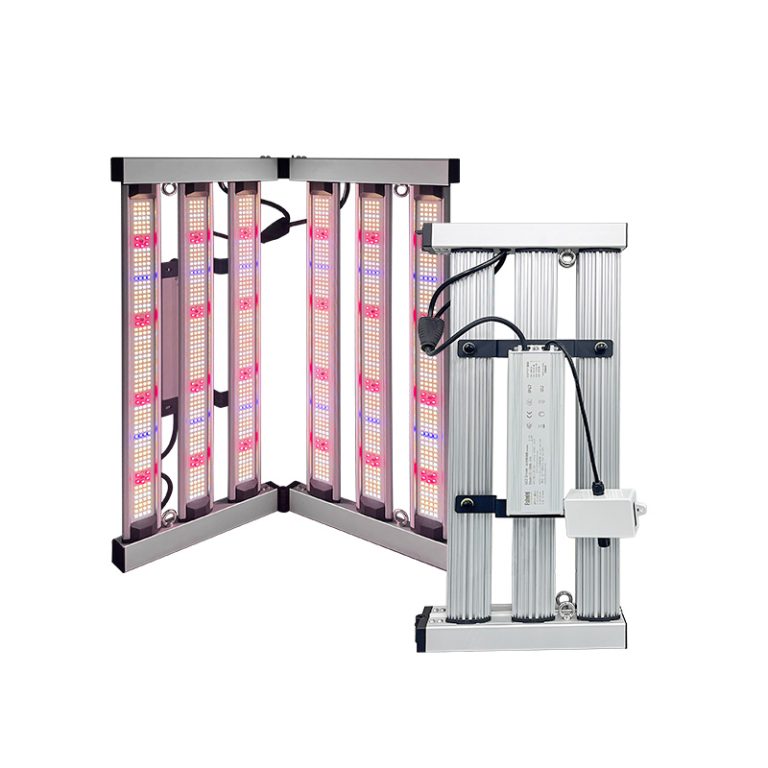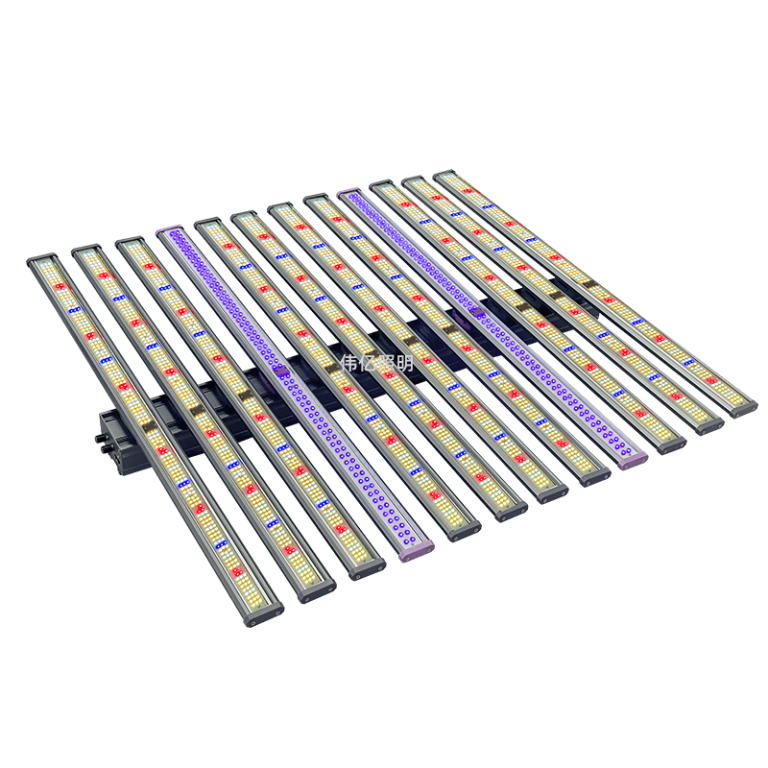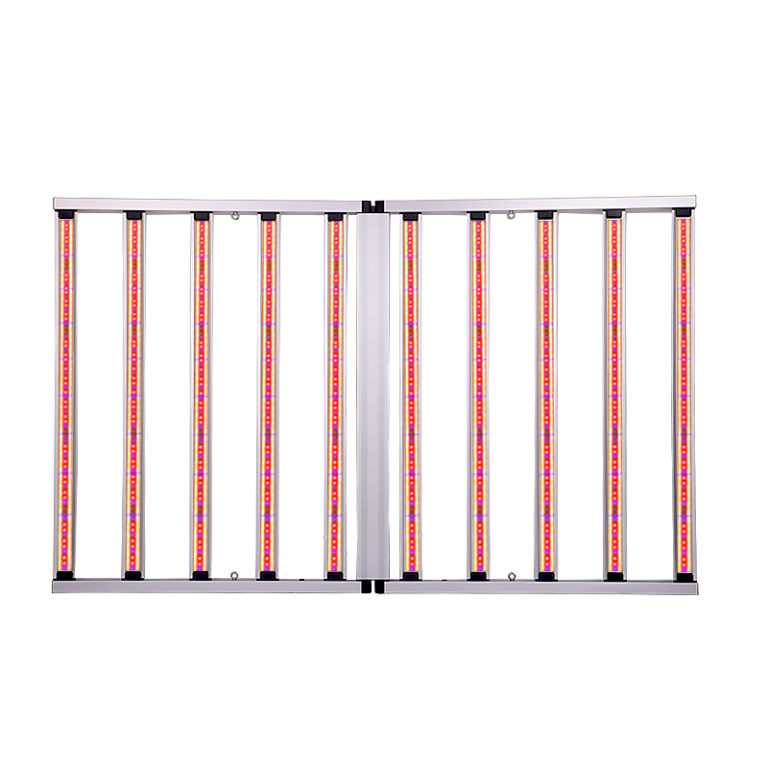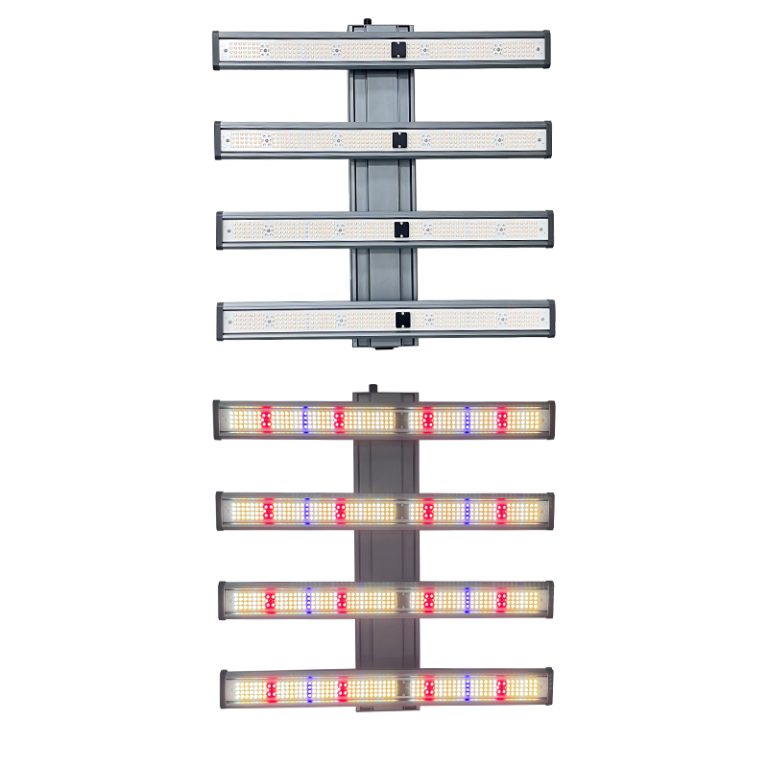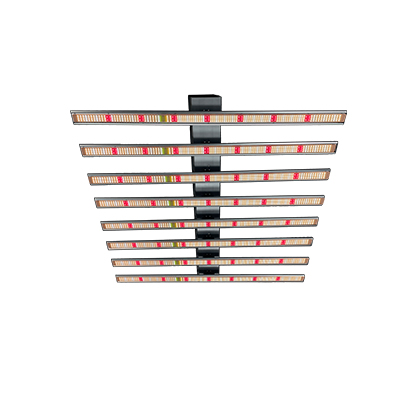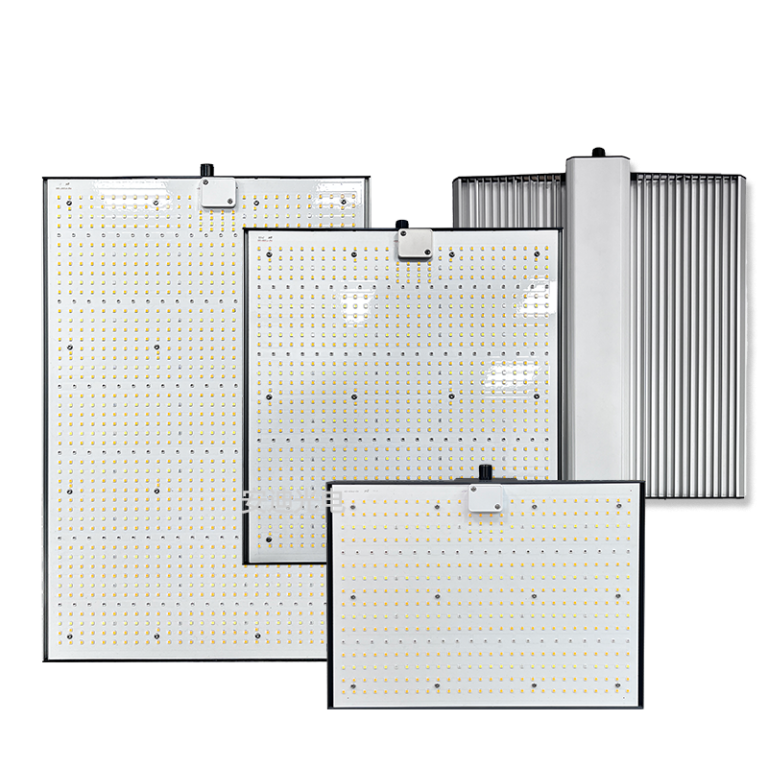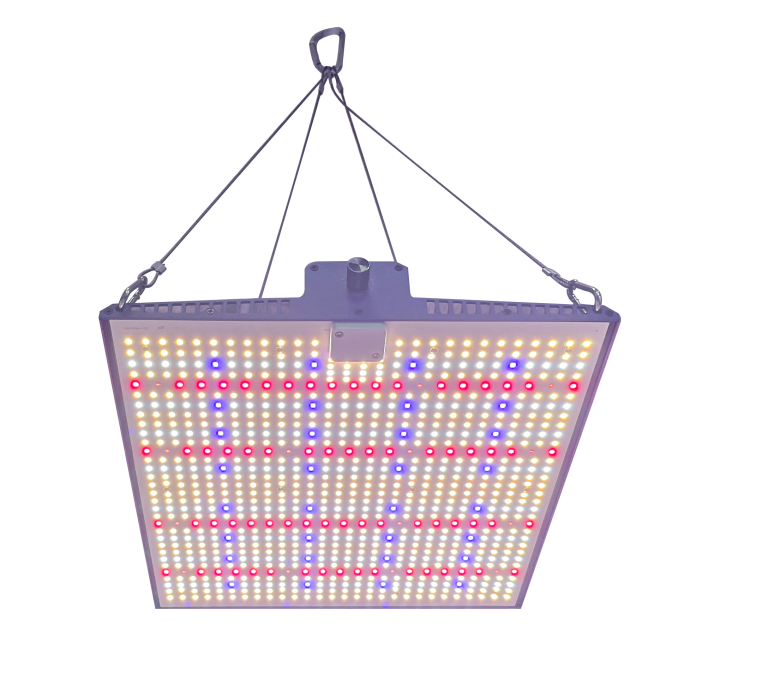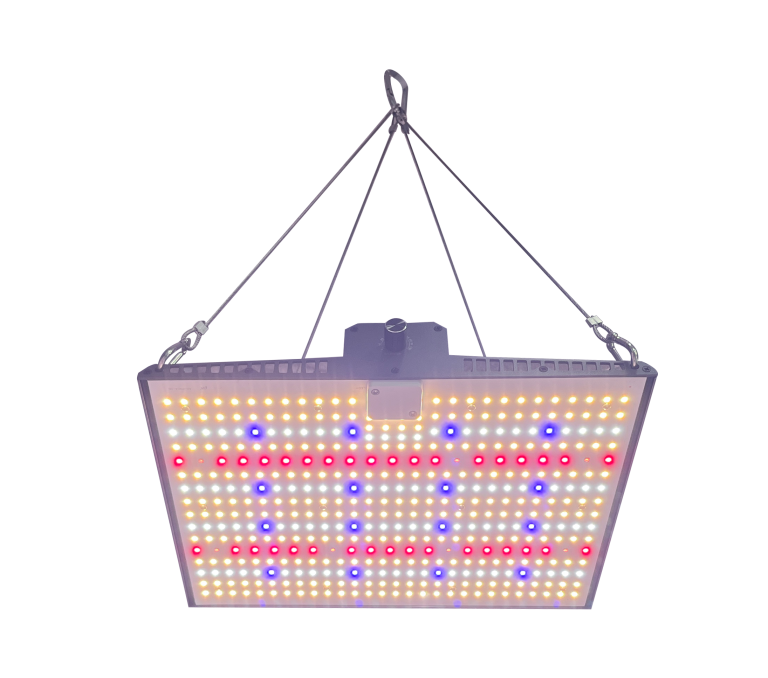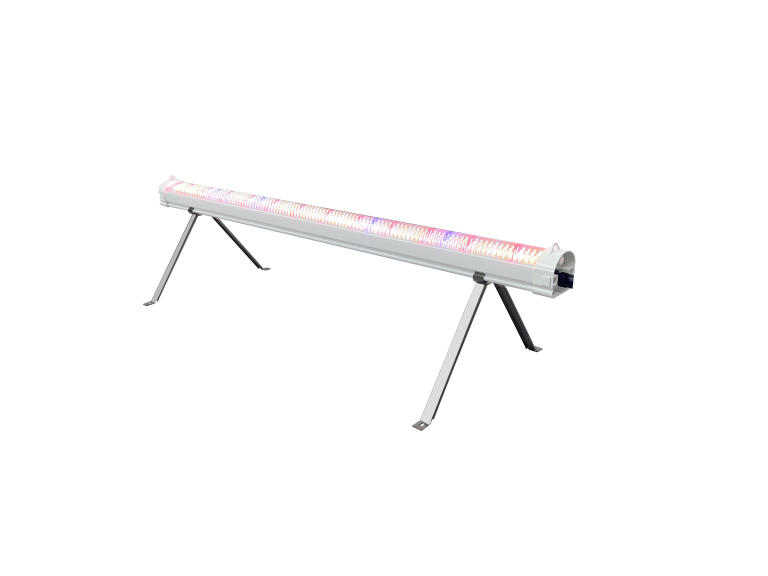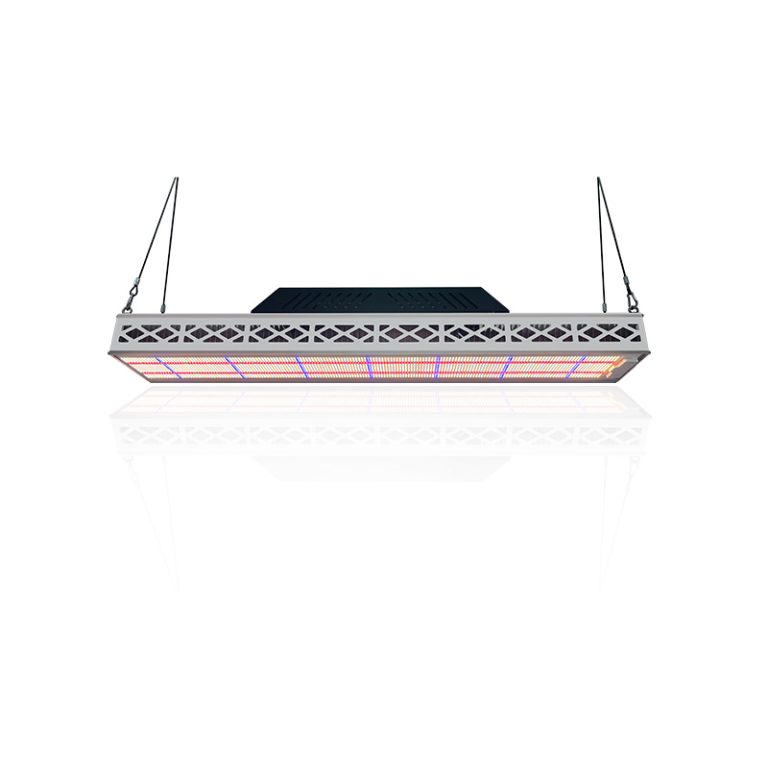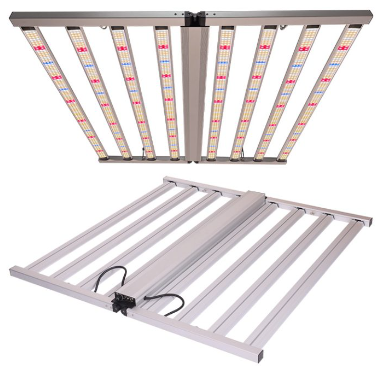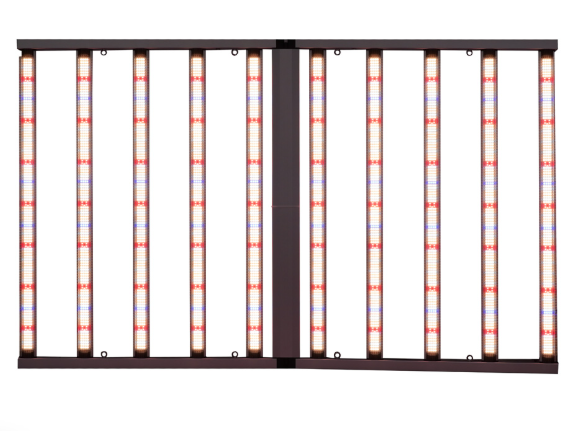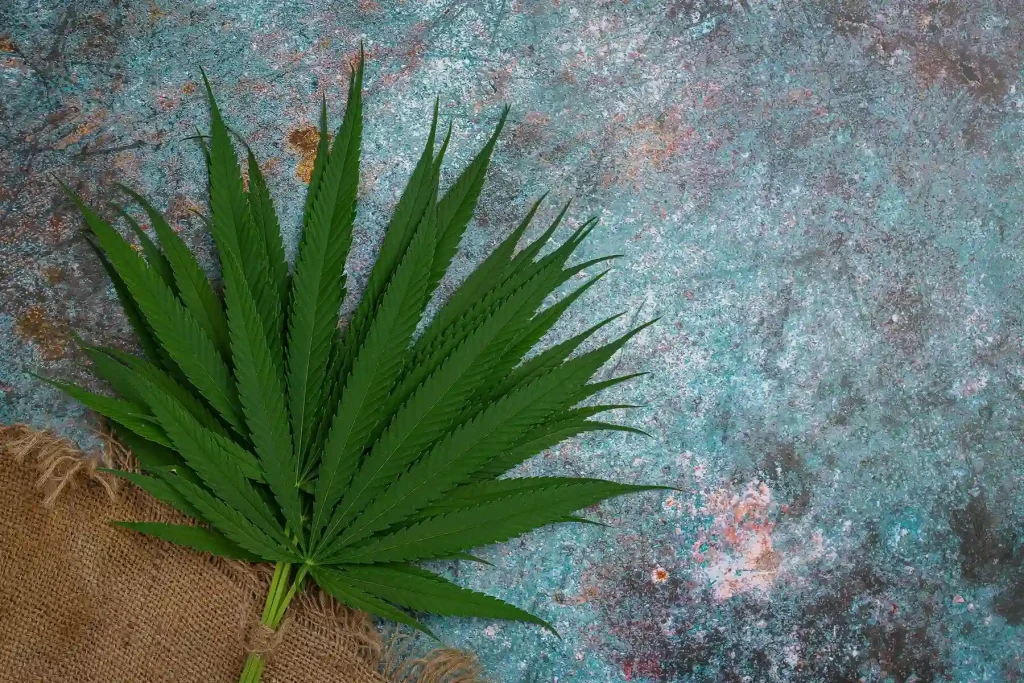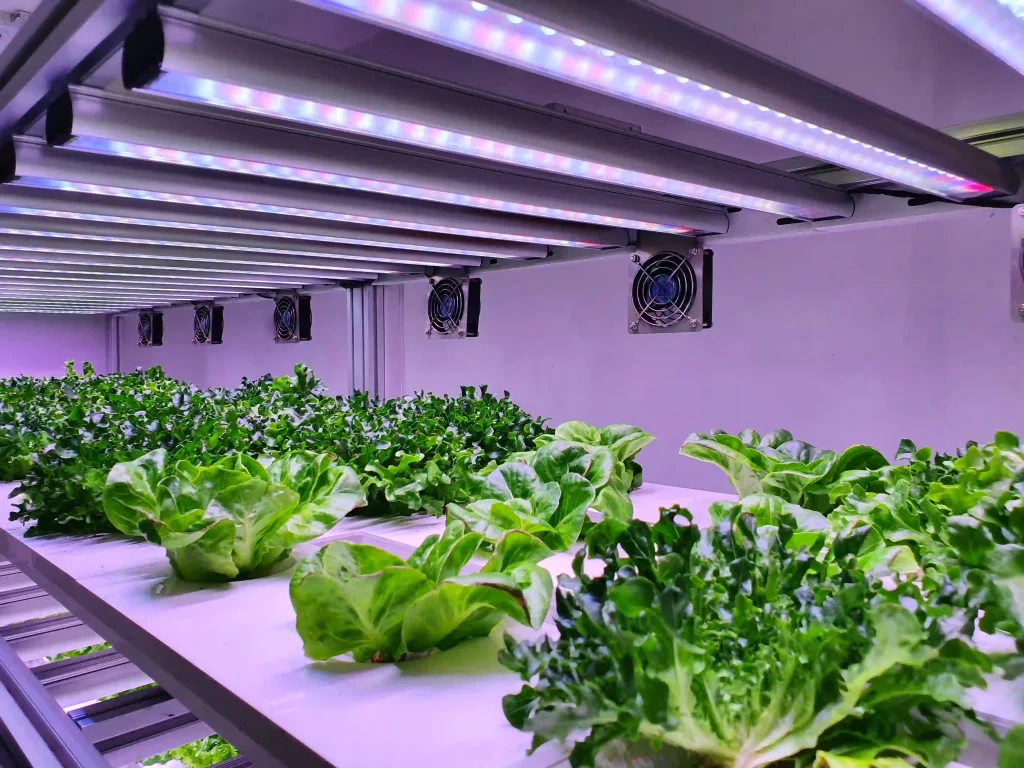Light is an essential component for plant growth, as it fuels photosynthesis—the process plants use to convert light energy into chemical energy to sustain life. However, not all light is created equal when it comes to optimizing plant growth. Different colors of light affect various stages of plant development, including seed germination, vegetative growth, flowering, and fruiting.

Understanding the Light Spectrum and PAR
Before diving into the specific colors of light, it’s essential to understand Photosynthetically Active Radiation (PAR). PAR refers to the range of light wavelengths, between 400 to 700 nanometers, that plants use during photosynthesis. These wavelengths fall within the visible spectrum and are critical for plant growth, encompassing colors like blue, red, green, and yellow.
Plants don’t use all wavelengths equally. Instead, they rely heavily on two key ranges: blue light and red light. While other parts of the spectrum can influence growth, these two wavelengths are the most critical during the plant’s life cycle.
Blue Light (400-520 nm)
Blue light is most effective during the early stages of plant growth, particularly during the seedling and vegetative phases. Blue light stimulates the opening of stomata, the tiny pores on leaves where gas exchange occurs, enhancing the plant’s ability to absorb carbon dioxide for photosynthesis. This wavelength also regulates plant hormones that encourage leaf and stem development, leading to more compact and robust growth.
The benefits of blue light include:
- Stronger roots: It promotes the growth of strong, well-developed root systems.
- Enhanced leaf production: Blue light ensures that plants develop healthy leaves, which are essential for photosynthesis.
- Balanced growth: It helps plants grow evenly, preventing spindly or weak stems.
Red Light (630-700 nm)
As the plant transitions from the vegetative to flowering stage, red light becomes essential. Red light plays a crucial role in triggering the flowering process, influencing the timing and duration of blooming. It helps regulate the plant’s light cycle, signaling when to switch from vegetative growth to flower production, a process known as photoperiodism.
The advantages of red light include:
- Flower and fruit development: Red light enhances the quality and quantity of flowers and fruits.
- Improved yields: Plants exposed to sufficient red light during flowering tend to produce larger, healthier fruits or blooms.
- Extended flowering periods: Red light can prolong the blooming phase, leading to bigger harvests.
 Why a Combination of Blue and Red Light is Essential
Why a Combination of Blue and Red Light is Essential
While blue and red light are the most critical for plant growth, neither color can work in isolation. Blue light helps develop strong, healthy plants in the early stages, but without red light, plants will struggle to flower and produce fruit. Conversely, relying solely on red light can lead to weak, leggy plants that lack structural integrity.
Therefore, the key to optimal growth is a balanced combination of blue and red light throughout the plant’s life cycle. Using Andy Full-Spectrum LED Lights, you can ensure that your plants receive the right mix of wavelengths at every stage, mimicking natural sunlight to promote strong, healthy growth.
Exploring Other Light Colors: Do They Matter?
In addition to blue and red light, other parts of the light spectrum, such as green, yellow, and far-red light, also play roles in plant development, though their influence is less pronounced.
Green Light
Green light (500-600 nm) makes up a significant portion of natural sunlight, but plants reflect much of it, which is why they appear green to our eyes. However, green light can penetrate deeper into the plant canopy than red or blue light, helping lower leaves receive light energy for photosynthesis. It also contributes to the overall health of the plant.
Yellow Light
Yellow light (570-590 nm) has a minimal impact on photosynthesis but can aid in the plant’s overall light absorption. This wavelength is typically not the primary focus for growth but does contribute to a balanced light spectrum.
Far-Red Light
Far-red light (700-750 nm) falls just beyond the red light spectrum and can influence flowering and leaf expansion. In certain cases, far-red light can stimulate plant stretching, which can be useful when you want to promote vertical growth or extend the reach of light deeper into the canopy.
 Full-Spectrum LED Lights: The Best Solution for Indoor Plants
Full-Spectrum LED Lights: The Best Solution for Indoor Plants
Given the importance of providing a balanced light spectrum, Andy Full-Spectrum LED Lights are the ideal solution for indoor gardeners. These lights are engineered to emit a broad range of wavelengths, closely mimicking the natural sunlight that plants would receive outdoors. They are designed to provide the perfect mix of blue, red, and supplemental wavelengths like green and far-red, ensuring that your plants thrive at every stage.
Key benefits of using Andy Full-Spectrum LED Lights include:
- Energy efficiency: LED lights use less energy compared to traditional lighting methods, making them cost-effective and environmentally friendly.
- Customizable light output: You can adjust the light intensity and spectrum depending on the growth stage of your plants, ensuring they get exactly what they need.
- Improved growth rates: Full-spectrum lighting promotes faster, healthier growth by providing the optimal light conditions for photosynthesis.
- Longevity: LED grow lights have a longer lifespan than other grow light options, reducing the need for frequent replacements.
Practical Tips for Using LED Grow Lights
When using Andy Full-Spectrum LED Lights, keep the following tips in mind to maximize their effectiveness:
- Adjust the height of your lights based on the plant’s growth stage. Seedlings require lower light intensity, so position the lights further away. As plants grow, lower the lights to increase intensity.
- Use a timer to ensure your plants receive the appropriate amount of light per day. For most plants, aim for 12-18 hours of light during the vegetative stage and 12 hours during the flowering stage.
- Monitor plant health If you notice any signs of light stress, such as burnt leaf tips or excessive stretching, adjust the light intensity or height accordingly.
Conclusion
Understanding the role of different light colors in plant growth is crucial for indoor gardeners looking to optimize their setup. While blue and red light are the most important for photosynthesis and development, a balanced full-spectrum light source like Andy Full-Spectrum LED Lights offers the best results.
By using full-spectrum LED lights, you can ensure that your plants receive the perfect combination of light wavelengths to support every stage of growth, from seedling to flowering. If you have questions or need guidance on choosing the right grow lights, feel free to contact us for expert advice.
For more insights on indoor gardening and lighting solutions, follow our blog and stay tuned for the latest updates on optimizing your plant growth.

